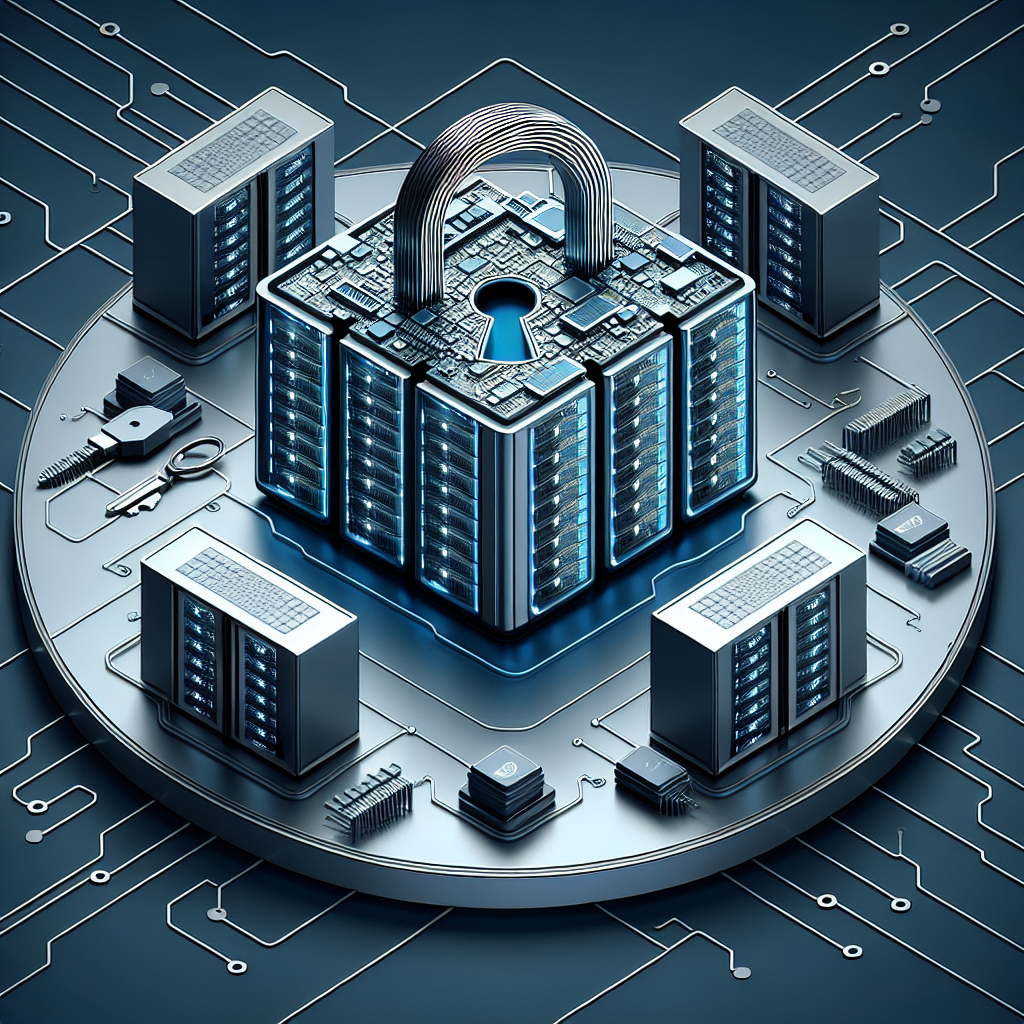Your cart is currently empty!
Key Considerations for Data Center Database Security

Data centers are the heart of many organizations, housing critical data and applications that are essential for day-to-day operations. With the increasing volume of data being stored and processed in data centers, ensuring the security of databases is of utmost importance. Database security is a critical aspect of overall data center security, as databases contain sensitive and valuable information that can be targeted by cybercriminals.
When it comes to securing databases in a data center, there are several key considerations that organizations need to keep in mind. Here are some important factors to consider when implementing database security measures in a data center:
1. Encryption: Data encryption is a fundamental aspect of database security. Encrypting data at rest and in transit helps prevent unauthorized access to sensitive information stored in databases. Organizations should implement strong encryption algorithms and key management practices to ensure the security of data.
2. Access control: Controlling access to databases is essential for preventing unauthorized users from accessing sensitive information. Organizations should implement role-based access control (RBAC) to restrict access to databases based on user roles and responsibilities. Additionally, implementing multi-factor authentication can provide an extra layer of security to prevent unauthorized access.
3. Database auditing and monitoring: Monitoring and auditing database activities is crucial for detecting and responding to security incidents in a timely manner. Organizations should implement database auditing tools to track user activities, monitor database performance, and identify potential security threats. Regularly reviewing audit logs and conducting security audits can help organizations identify vulnerabilities and address them before they are exploited by cybercriminals.
4. Patch management: Keeping database software up to date with the latest security patches is essential for protecting against known vulnerabilities. Organizations should implement a robust patch management process to ensure that database software is regularly updated with security patches and updates. Failure to patch known vulnerabilities can leave databases vulnerable to cyberattacks.
5. Data masking and redaction: Data masking and redaction techniques can help organizations protect sensitive information stored in databases. By masking or redacting sensitive data, organizations can limit access to confidential information and reduce the risk of data breaches. Implementing data masking and redaction techniques can help organizations comply with data privacy regulations and protect sensitive data from unauthorized access.
6. Disaster recovery and backup: Implementing a robust disaster recovery and backup plan is essential for ensuring the availability and integrity of databases in the event of a security incident or natural disaster. Organizations should regularly back up database data and test their disaster recovery plan to ensure that databases can be quickly restored in the event of a data loss.
In conclusion, securing databases in a data center is essential for protecting sensitive information and ensuring the integrity of critical data. By implementing encryption, access control, auditing and monitoring, patch management, data masking and redaction, and disaster recovery measures, organizations can strengthen their database security and protect against cyber threats. Prioritizing database security in a data center can help organizations safeguard their data and maintain the trust of their customers and stakeholders.

Leave a Reply